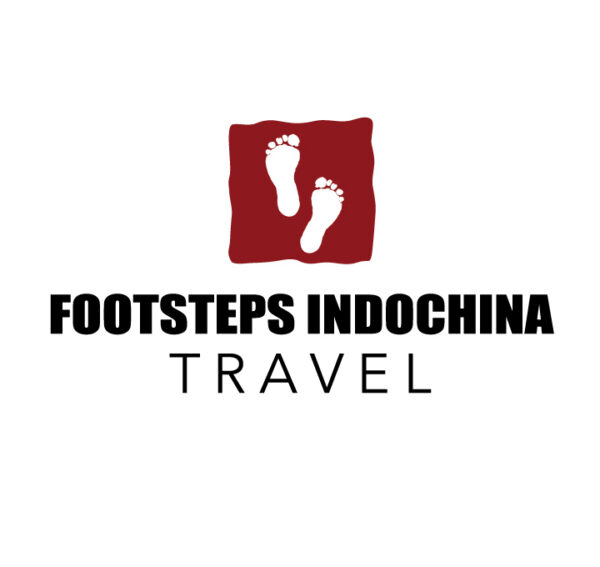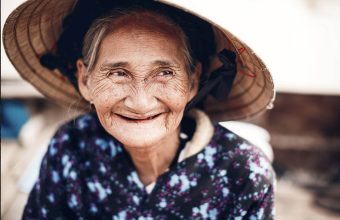Unusual Things To Do In Vietnam
How to see the real Vietnam beyond the brochures
Leaf through any brochure for Vietnam and you'd be forgiven for mistaking this ancient, diverse and populous country for a two-dimensional tourist's playground.
Lanterns on the Hoi An waterfront: check. Cruise around Halong Bay: check. Tour the water markets on the Mekong Delta: check. Wrap it up with some beach time, maybe some 'street food' in Saigon and that's it, Vietnam travel bingo complete.
But there's much more to Vietnam than the mainstream tourism industry would have you believe. Slow down, dwell a while, and make a connection with the real country behind all the marketing photos.
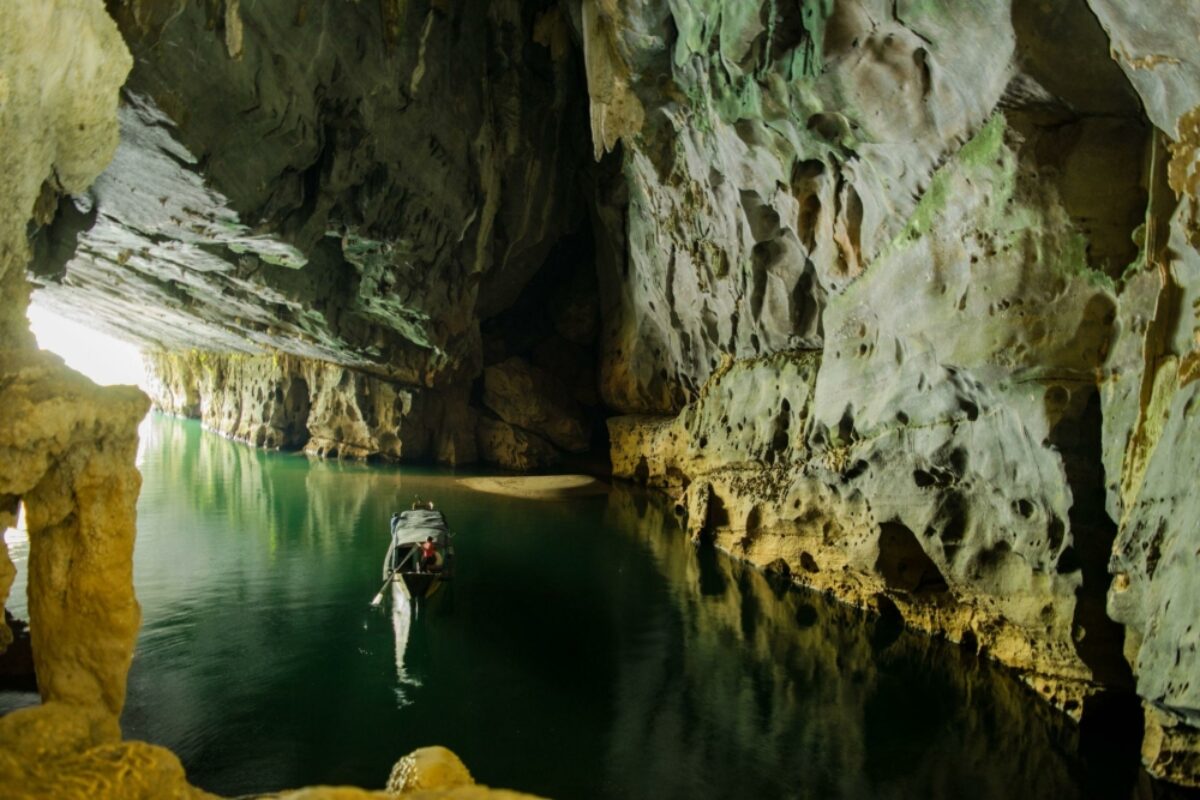
The mouth of Phong Nha Cave in Phong Nha-Ke Bang National Park
Vietnam's National parks
In 2003, UNESCO recognised Phong Nha-Ke Bang National Park as one of the world’s most outstanding limestone karst landscapes. The park, in north-central Vietnam, is home to Hang Son Doong and Hang En, the largest and third largest caves in the world. While Hang Son Doong is out of reach for most (the expeditions are expensive and physically demanding), there are many other extraordinary caves and areas of the park to explore, including a section of the historic Ho Chi Minh Trail. Boats ferry passengers on an underground river through namesake Phong Nha Cave, while a kilometre-long boardwalk gives visitors an eye-full of the 31km long Paradise Cave.
Cat Tien National Park in south Vietnam offers nature, hiking and prime bird and wildlife viewing opportunities just 160km northeast of Ho Chi Minh City. Covering 71,920 hectares and bound by the Dong Nai River, the lowland tropical rainforest and wetlands contain monkeys, civets, sambar, guar, langurs, wild crocodiles and a number of bird species like the endangered pitta. The park is also home to a Sun and Moon bear sanctuary, opening to the public in 2019. Visitors can do one-day or multi-day treks, boat trips and night safaris.
Remote and covered in jungle, Con Dao is an archipelago of 16 islands off the southern coast. Once used by the French as a prison, the largest island offers both a sombre history lesson and some of the best independent hiking in the country. Con Dao National Park covers 6,000 hectares of land and 14,000 hectares of the surrounding ocean. After registering with the park office, visitors can walk a number of marked forest trails that end at secluded beaches. Con Dao is also one of the best places for diving in Vietnam.
Suggested Vietnam itineraries
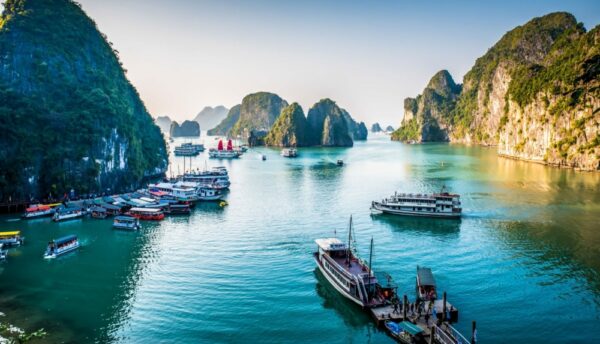
Classic Vietnam
Start in cultural Hanoi, exploring the city’s architecture and Chinese and French colonial influences…
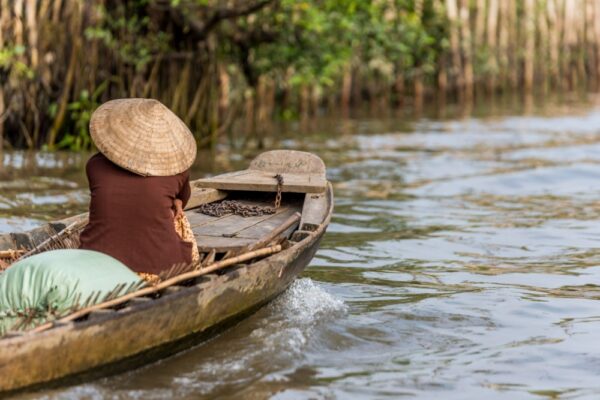
Vietnam north to south
Begin your Vietnam trip in Hanoi with a trip to the Ho Chi Minh Mausoleum to learn more about the man who led Vietnam’s independence from French colonial rule…
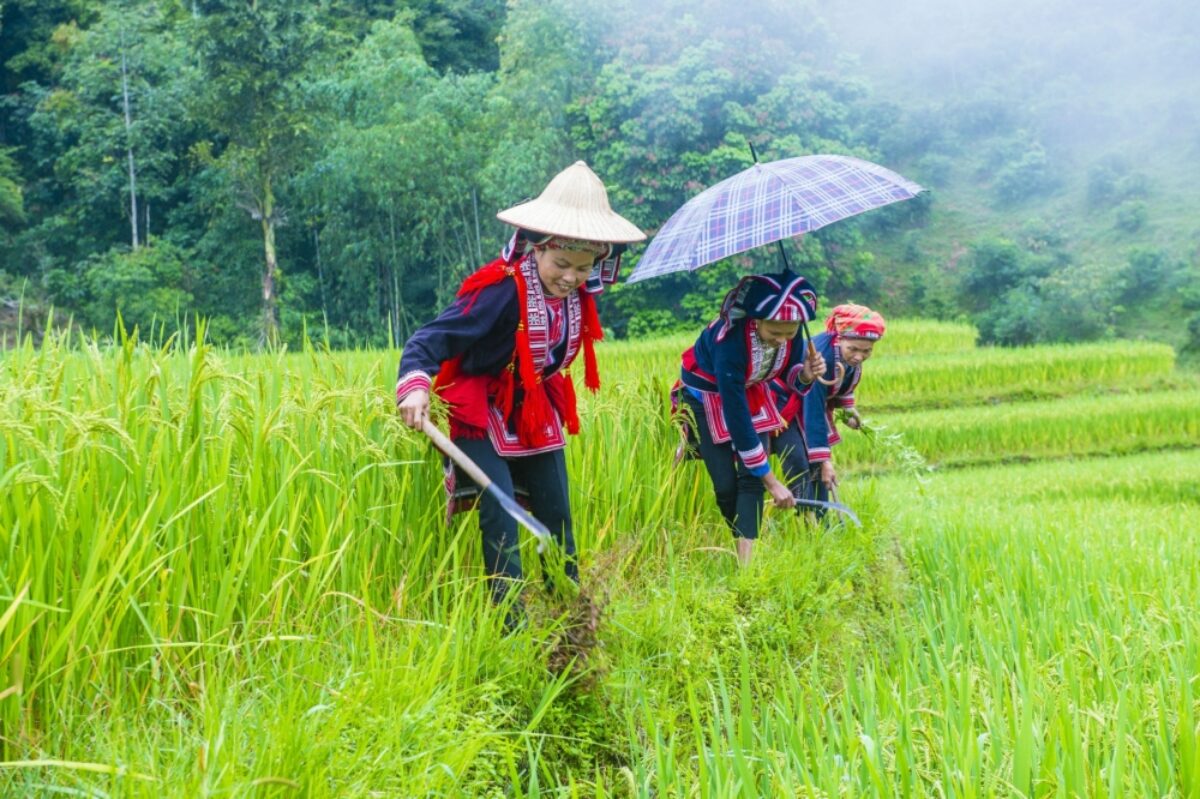
Women of the Red Dao ethnic group harvesting rice near Ha Giang, northern Vietnam
Meet hill tribes responsibly
Vietnam has staggering ethnic diversity. After the majority Viet (Kinh), there are 53 other ethnic groups, many with their own language, traditions, spiritual beliefs and agriculture. The hill tribes in the north are the most well known; photos of them in their unique dress have been used to promote “exotic Indochine" since the French colonial era.
Once a French hill station and retreat, Sapa in Lao Cai Province is the hub for northern hill tribe trekking and homestays, experiences that combine mountain scenery, lovely terraced rice paddies and ethnic villages. There are, however, serious concerns about over tourism, unbridled development and respect, with villages and the famed Bac Ha Sunday Market becoming human zoos.
A few tips if you do decide to visit Vietnam’s hill tribes: A visit to the Vietnam Museum of Ethnology in Hanoi is essential to learn more about the ethnic groups and their culture. Instead of a one-night trek, spend the time and money to go further afield. Make an effort to interact with locals (and not just for a photo); a good guide can be instrumental in bridging the gap.
Seeing a fraction of the tourists, Ha Giang Province also has hill tribes and mountain landscapes. Hiking Mu Cang Chai is an excellent way to see stunning terraced rice paddies and learn about the Black Hmong. Kon Tum in the Central Highlands has eight minority groups. The Jarai are known for their fascinating burial rituals and towering thatch roof building used for village ceremonies. Treks and village stays will immerse travellers in this place where relatively few outsiders venture.
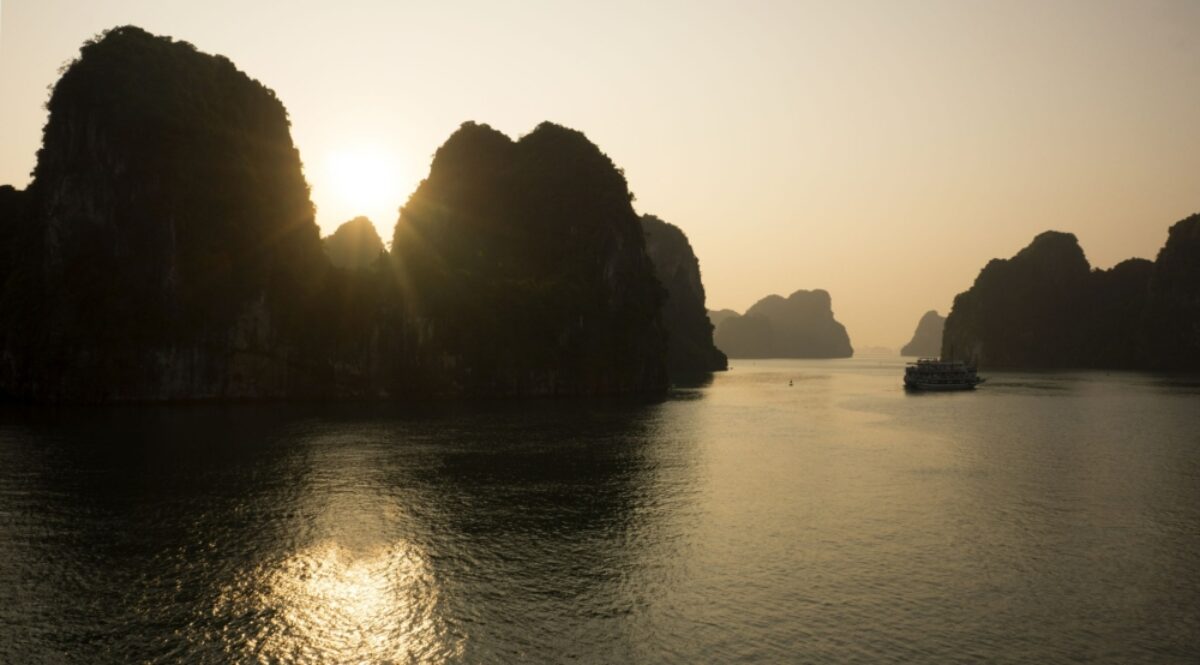
Sunrise at Bai Tu Long bay, in the quiet(er) northeastern corner of of Halong Bay
Halong Bay alternatives
Located in the Gulf of Tonkin in northeast Vietnam, Halong Bay is easily Vietnam’s star attraction. More than 1600 karst islands and islets jut up from the ocean, each tower of rock uniquely shaped by nature.
Overnight cruises on traditional boats, known as junks, explore some of the 43,400-hectare UNESCO World Heritage Site, usually with stops to kayak around the formations, visit caverns and explore traditional floating fishing villages.
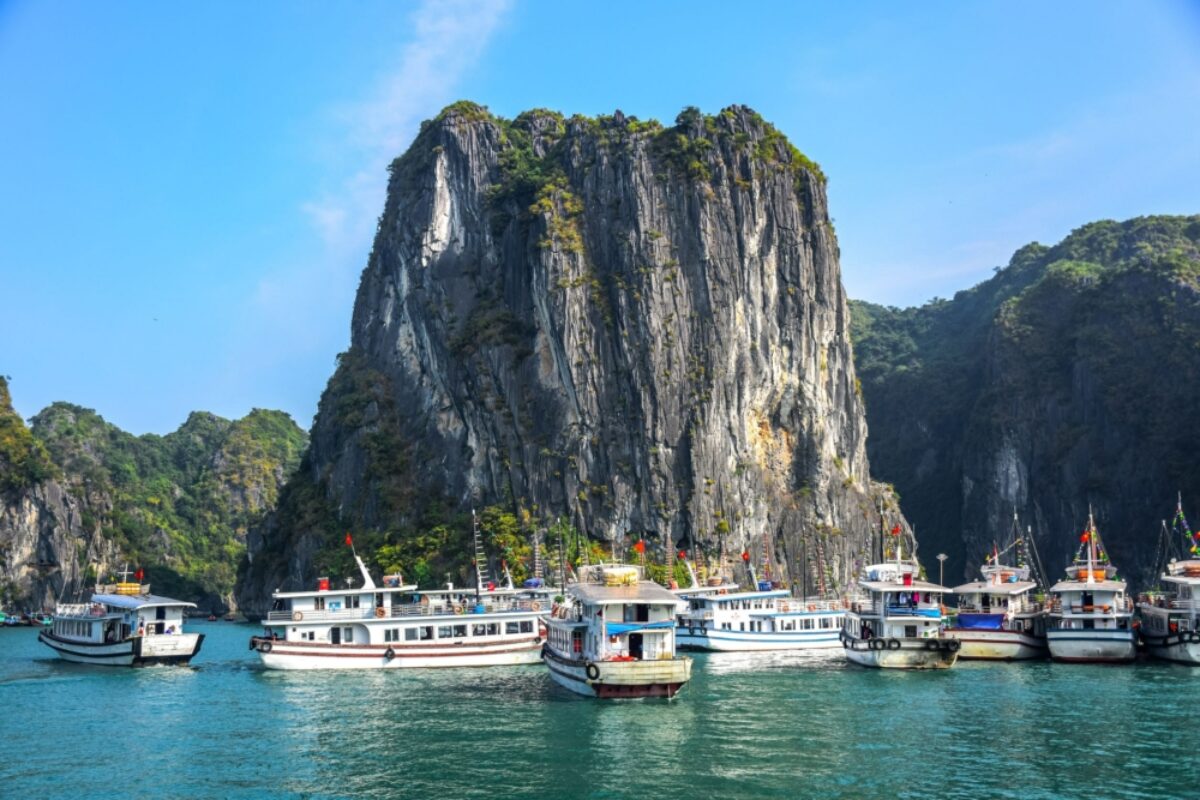
The reality that most tourist brochures tend to overlook
Beware that Halong Bay's beauty has become its own undoing; the city, pier and bay itself are enormously busy with tourists year-round. Treat marketing photos of lone junks in otherwise deserted waters with a healthy pinch of salt; they're probably photos of either Lan Ha Bay or and Bai Tu Long, to the south and north of Halong respectively. These two areas are far quieter but still far from "undiscovered" as some brochures would have you believe.
Two-night cruises from Halong Bay have enough time to reach these less crowded waters. Alternatively you can find cruises departing from Cat Ba Island.
If you're booking a standalone cruise yourself note that the hundreds of Hanoi-based agencies that sell tours are middle-men who are not actually running the trip, so buyer beware. When choosing a boat, the size, level of comfort and service ranges from backpacker party boats to luxurious private cruises. As with most things in life you get what you pay for when choosing a Halong Bay cruise.
The best time to visit Halong Bay is springtime from March to May/June, as well as September/October. These periods are most likely to have warm, dry weather. The peak tourist season of November to February can be good if you don’t mind cold temperatures (12 to 20 Celsius) and mist that reduces visibility. Halong Bay’s off-season coincides with the hot, humid, rainy months of June to August; operators offer discounts though cruises may be cancelled due to stormy weather.

